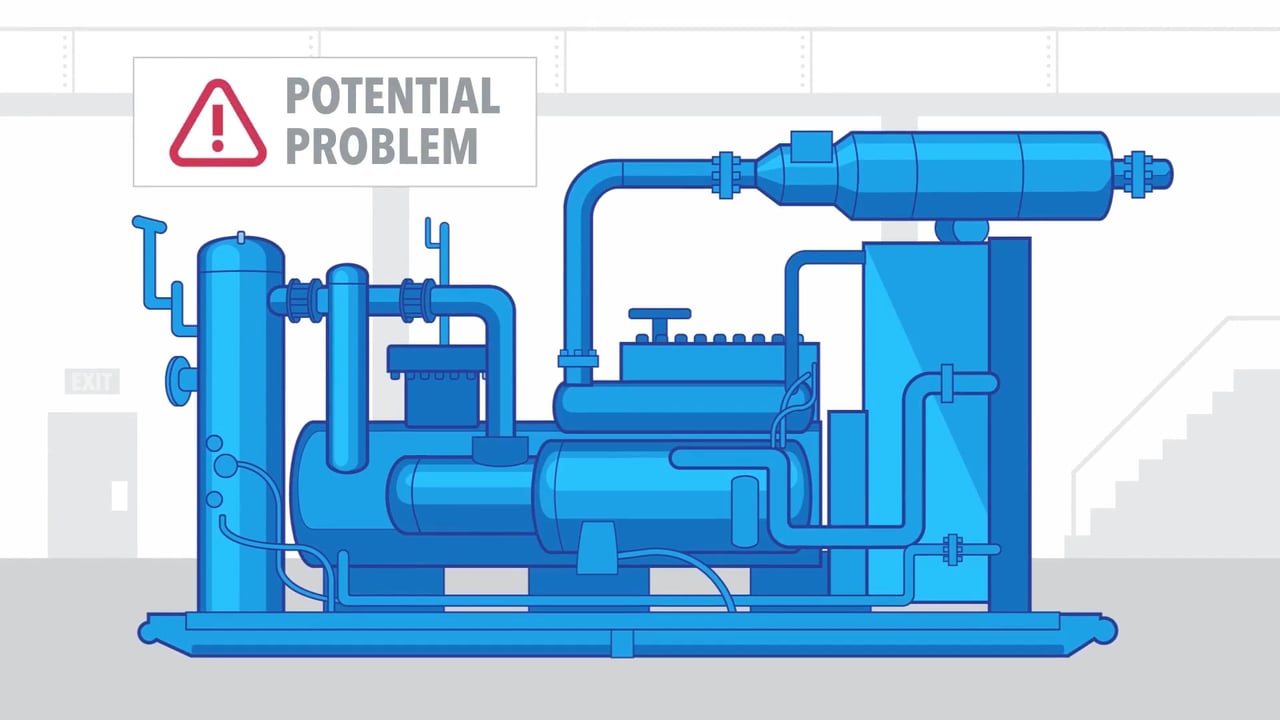
The Internet of Things
As the number of products on the market described as “smart” has grown, “the internet of things” has become something of a buzzword (or buzz phrase). The phrase “internet of things” suggests a network of connected or computerized devices that work together to make life more convenient and simple for the user. For example, a cell phone app that controls the lights and locks in one’s house could be considered to be part of the internet of things because it involves two separate “smart” devices communicating to make life easier. A remote video surveillance system that analyzes customer traffic in a retail store could be considered a part of the internet of things because it uses cameras and computer programs in order to optimize a storefront to suit customer behavior. You are probably starting to get the idea, if you were not already familiar.
A brief review of the average American’s use of technology in everyday life would reveal that the internet of things is a growing phenomenon. Odds are, everyday you use devices in your personal life that are part of the internet of things. To the companies that make these devices, you are the customer/consumer, and your life is theoretically enhanced by your using their products. But what about the manufacturers and companies themselves? Have they applied the same concepts of connectivity to their own processes to simplify their own lives?
The answer is yes and it’s called the “industrial internet of things.” What is industrial internet of things and is it any different from the consumer internet of things, other than who is using it?
The Industrial Internet of Things
The industrial internet of things operates in essentially the same way as its consumer counterpart, it just entails some more specialized components that are suited specifically to the needs manufacturing facilities. Just like the a user of the consumer internet of things could use and IoT application to check on the status of their home, a user of the industrial internet of things would use an analogous technology to monitor the wellbeing of machinery. Consider a few ways in which the industrial internet of things could improve the processes of manufacturing facilities.
Just as some home security devices monitor the safety of a facility or smart car sensors monitor the state of the various parts of a vehicle, IIoT sensors in a factory can keep a pulse on the wear and tear on machine components. This kind of application enables manufacturers to make more inexpensive repairs and maintenance procedures and fewer pricy replacements. Additionally, such monitored machine upkeep can prevent accidents that could cause injury to employees who work on the production line.
Another advantage of applying the IoT in an industrial setting is the greater control this application would yield in production. By tracking the input and product output of a machine and its associated process through the IIoT, manufacturers are better prepared to make adjustments to their process to optimize the functionality of their products and prevent/mitigate product recall situations. When there is a product malfunction, IIoT applications thus make it easier to trace the cause of the malfunction and fix the problem. Additionally, this helps companies to know how many aftermarket parts to make in order to meet the demand of repairs.
Essentially, by using computers to keep tabs on the entire manufacturing process, from the machines to the individual components of products and machines alike, companies are able to create a safer, more efficient and simpler manufacturing process altogether, thus saving money and time.
Source: CTO Vision
